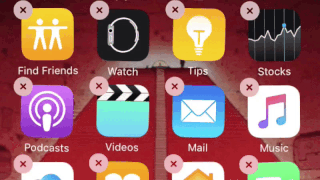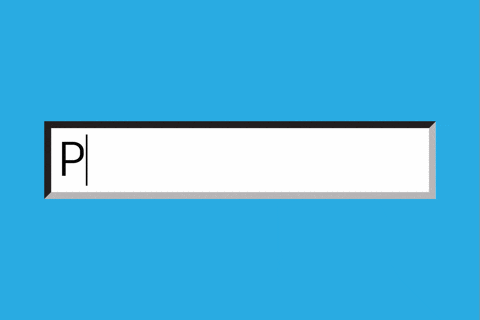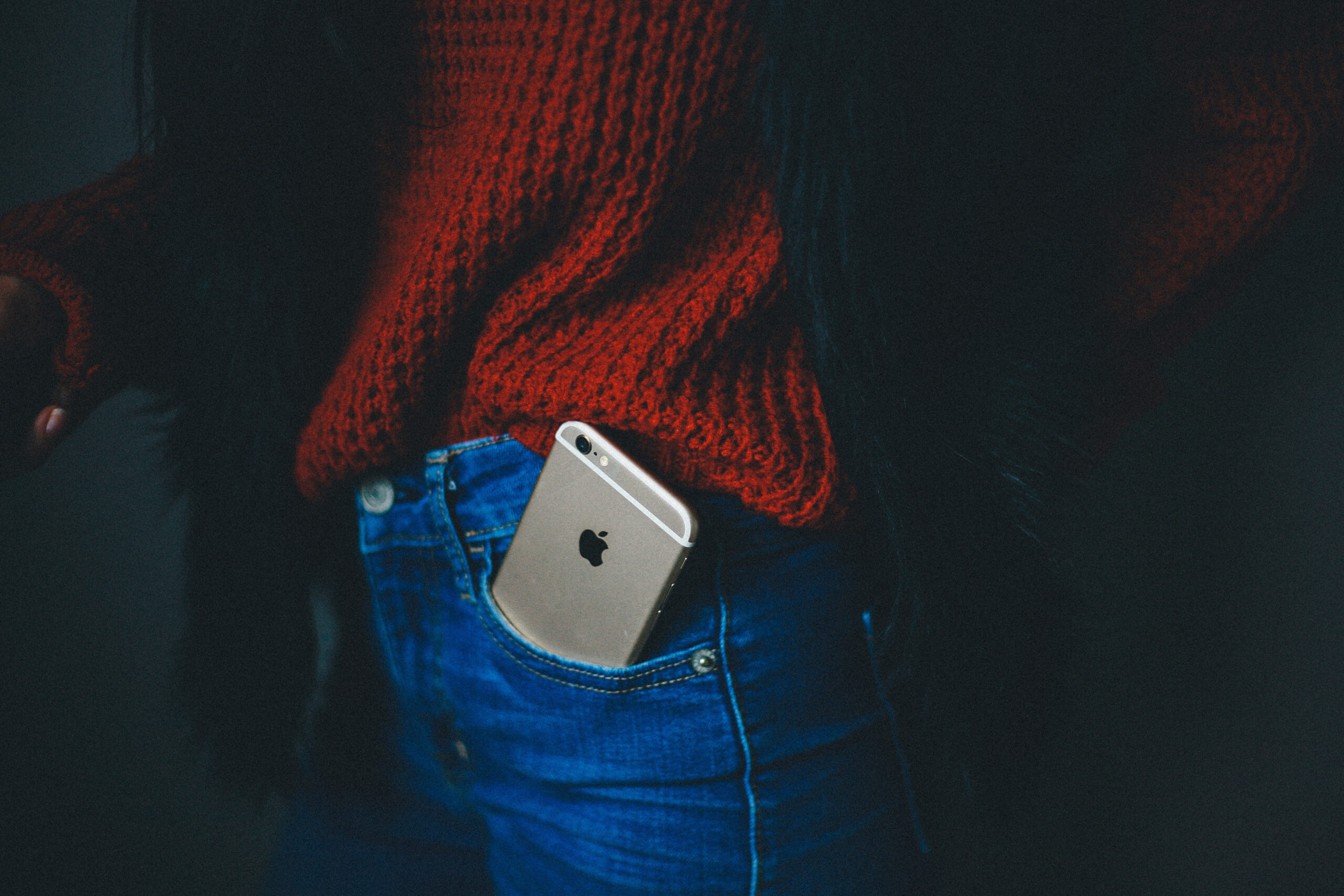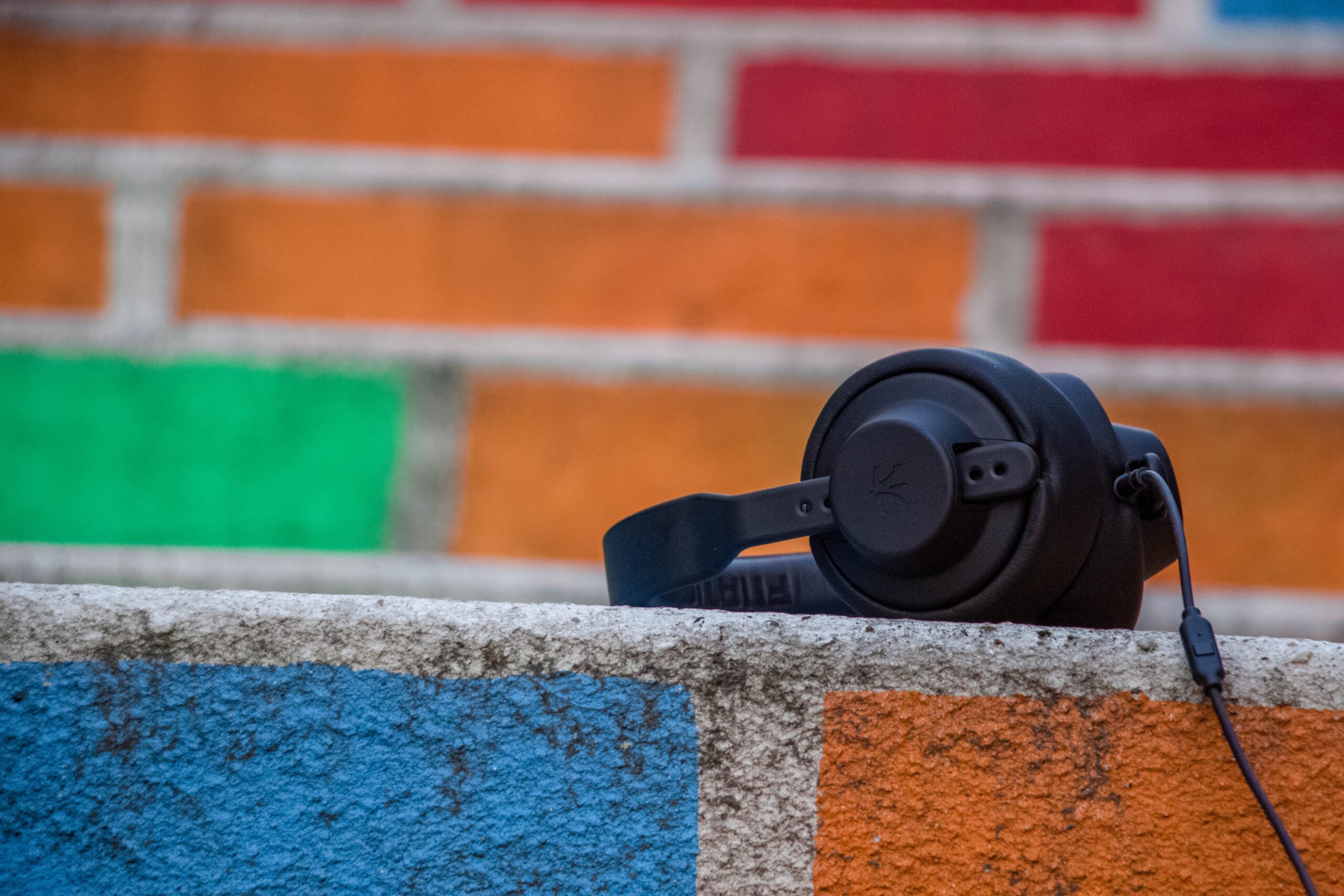Social media is great. Apps like Snapchat and Twitter allow us to connect with friends and family from all across the world more effectively than ever before. Sharing ideas and artwork on Instagram or Facebook and broadcasting them to an audience who is willing to support it has been boiled down to a science. Never before in history have we had so many individuals express their ideas in writing as prolifically as a result of social media.
Yet while social media provides an opportunity for connection and community it can also be a tremendous time waster and can result in a significant decrease in the quality of our day. When we end up using our social apps like televisions (for consuming) instead of telephones (for creating and engaging) it can leave us feeling drained and depressed. For this reason, many of us seek to limit the amount of screen time we spend throughout the day in an attempt to take back our daily life. Here are a few ways to practically cut back on social media.
1. Delete all social apps except your favorite
 I know it’s difficult…but be strong.
I know it’s difficult…but be strong.
With the advent of smartphones, it’s so easy to fall into an eternal “scroll hole” (who clicks on things anymore?) with a never-ending newsfeed that you don’t really care about but can’t seem to wrench yourself away from. One surefire way to both restrict arbitrary social time as well as take advantage of the time that you do spend on social media is to delete all of the social media apps on your smartphone except for your absolute favorite one.
This forces you to reflect on what kind of activities you really enjoy on social media. It also makes it difficult to jump from one app to the next which often leads to consuming the same information over and over again but simply through a different lens. It also allows you to fully indulge and appreciate the social media time you spend on a laptop or desktop computer (if you even have one of those anymore).
Mileage may vary based on user, but in my experience, just like extreme dieting, a complete social media fast that doesn’t allow for some kind of use throughout the day typically results in frustration and a subsequent binge session.
Snapchat or Instagram probably makes the most sense to keep on your smartphone. Facebook and Twitter are somewhat redundant and you can use them on traditional computers and not just smartphones.
2. Log out of your social accounts
 Typing can be a drag; use it to your advantage.
Typing can be a drag; use it to your advantage.
Similar to a safe search on Google for inappropriate content, logging out of your social media account when not in use acts as a level of inconvenience and obstruction to your social account.
This doesn’t mean you’ll never succumb to the temptation of logging in to your Facebook and become infuriated by the latest political rant your frenemy has posted. But it does provide a moment for you to consider whether or not you really want to login. Sometimes that’s enough to make you realize that this social media visit is more about boredom rather than a desire for connection or entertainment.
3. Only consume when you produce
 No judgements on what you choose to produce
No judgements on what you choose to produce
A great rule to guide whether not to sign into that social account is to only sign-on and check out what’s going on in your feed when you already have something to say/post. This rule restricts any voyeuristic tendencies and encourages you to be, if not literary, at least somewhat productive in the use of your time. It both incentivizes creativity and connection while restricting arbitrary screen time.
So experiment with some of these methods and tips and see what works and what doesn’t. You can even use these rules as inspiration for your own restrictions. Just remember to make a game that you can win. Consistency is key.











